Today being Friday there was no Kamakura business.
All morning was spent on A coating 3, A coating being
penetration coating with polyurethane. You can see the
result in the following pic.

Can you see that surfaces look shining? This is
because after three applications of polyurethane
they are reaching the saturation point.
That is to say that they can no longer, into them, absorb
any more of the type A polyurethane. So, after tomorrow,
coating with type C polyurethane will start.
Type C is really for protective surfaces, building up, and
this process will be repeated 6 times!, 6 times!
All of the afternoon was spent on picker knife forks.
First, I sorted out the side profiles of more than 60
pieces.
Problem here was this. All of these pieces had been transcribed
from the very first template. The result of which is shown
bellow in terms of the current lot.

Most of these are oak picker knife forks. See their stems?
They are very thin, but they are resilliant enough. This is
the problem.
Structural stiffness of these thin stems depends very
much on materials from which they are pulled out. Not true
with other materials.
I normally work with half a dozen different ones and
I am confronted with issues.
You must strike a delicate balance between aethetic
appearance and stiffness. How would I do that?
What is bellow was my approach.

These were all created out of the thin stem template.
However, in the course of jigsawing them I deliberately
strayed out from the original transcription lines.
In a way, I caused natural mutation among them all,
hoping to identify the best profile I want.
Take a look at this.

Those two I finally picked up are shown on the left.
Those two on the right are templates, and the one at the
bottom was used for natural mutation.
One above has not been used even once.
It is not probably ironic that these I picked up
are actually identical to the template I did not use.
However, this is not the end of this story and I will
talk more about it tommorrow. In the meantime, two
images to follow.
First one, pieces rounded around the edges, and the next,
simply left unattended after profiling.


Shown bellow is my protective wear, during my sanding
operations, mostly, protective in the sense of
my clothes not affected very much by the dusts.




All morning was spent on A coating 3, A coating being
penetration coating with polyurethane. You can see the
result in the following pic.

Can you see that surfaces look shining? This is
because after three applications of polyurethane
they are reaching the saturation point.
That is to say that they can no longer, into them, absorb
any more of the type A polyurethane. So, after tomorrow,
coating with type C polyurethane will start.
Type C is really for protective surfaces, building up, and
this process will be repeated 6 times!, 6 times!
All of the afternoon was spent on picker knife forks.
First, I sorted out the side profiles of more than 60
pieces.
Problem here was this. All of these pieces had been transcribed
from the very first template. The result of which is shown
bellow in terms of the current lot.

Most of these are oak picker knife forks. See their stems?
They are very thin, but they are resilliant enough. This is
the problem.
Structural stiffness of these thin stems depends very
much on materials from which they are pulled out. Not true
with other materials.
I normally work with half a dozen different ones and
I am confronted with issues.
You must strike a delicate balance between aethetic
appearance and stiffness. How would I do that?
What is bellow was my approach.

These were all created out of the thin stem template.
However, in the course of jigsawing them I deliberately
strayed out from the original transcription lines.
In a way, I caused natural mutation among them all,
hoping to identify the best profile I want.
Take a look at this.

Those two I finally picked up are shown on the left.
Those two on the right are templates, and the one at the
bottom was used for natural mutation.
One above has not been used even once.
It is not probably ironic that these I picked up
are actually identical to the template I did not use.
However, this is not the end of this story and I will
talk more about it tommorrow. In the meantime, two
images to follow.
First one, pieces rounded around the edges, and the next,
simply left unattended after profiling.


Shown bellow is my protective wear, during my sanding
operations, mostly, protective in the sense of
my clothes not affected very much by the dusts.

















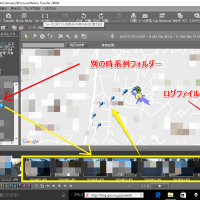
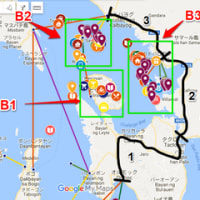
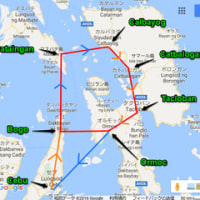
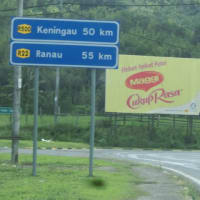


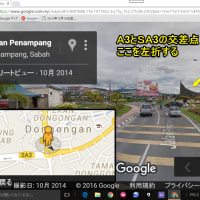
※コメント投稿者のブログIDはブログ作成者のみに通知されます